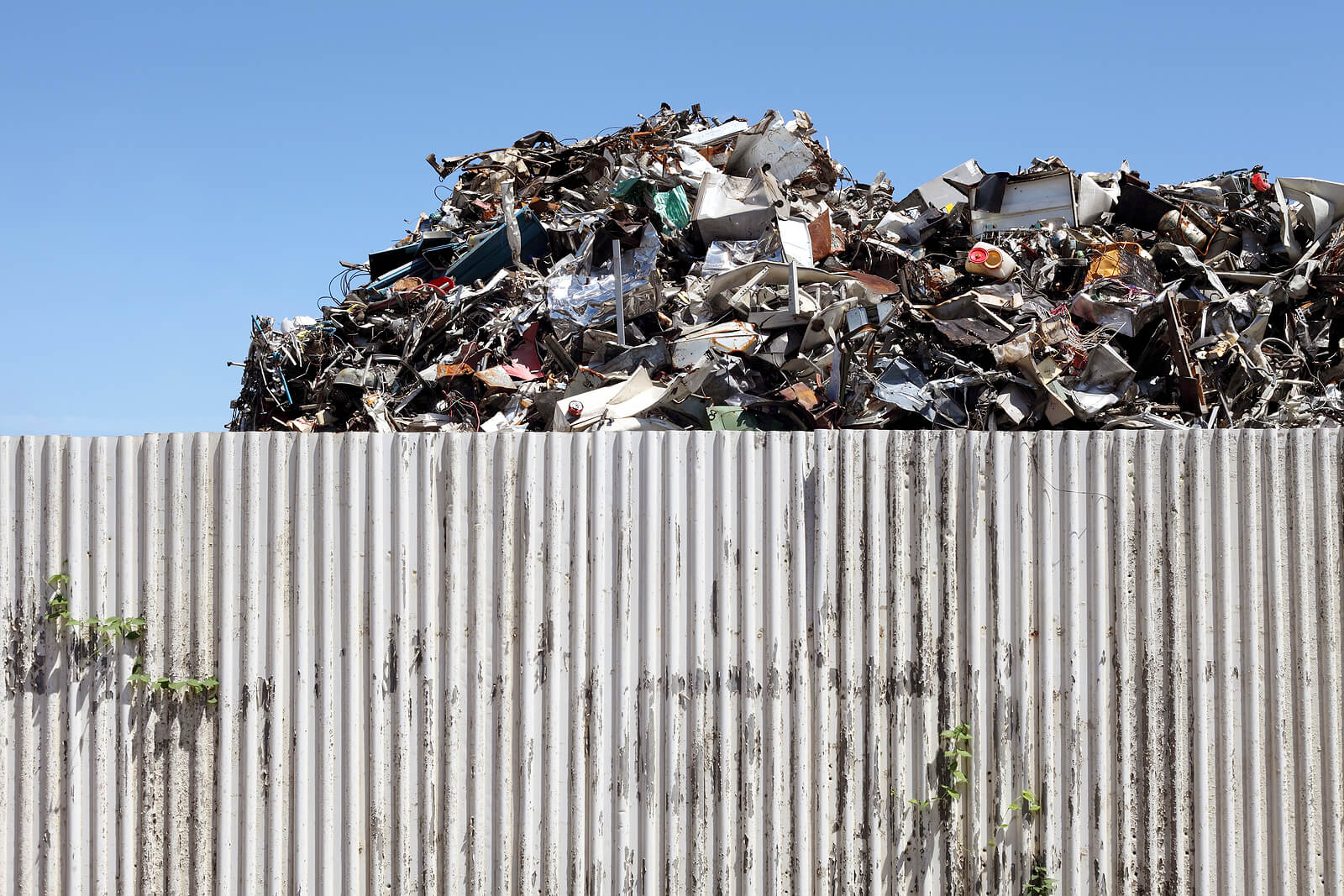Humans have been melting and remelting metal for over 9,000 years. This ancient practice, evidenced by clay tablets in Mesopotamia and inscriptions from Ancient Egypt, has continued worldwide, forming a vital part of our history and sustainability efforts.
Metal is not just a material — it’s a vital component in our everyday lives. From car bodies and food cans to electronics and plumbing, it’s hard to imagine a world without metal. But what happens when these items reach the end of their lifespan?
Recycling plays a crucial role in environmental preservation and economic stability. Join us as we explore the world of metal recycling, including metal types and the recycling process.
What is metal recycling?
Metal recycling involves collecting and reprocessing waste metals into new, usable materials. After workers recycle metals, they remelt and reuse them, which makes this process sustainable.
Most pure metals keep their properties when recycled, so they are easily used to make new products. This process can be repeated indefinitely, closing the loop on metal consumption.
Which metals can be recycled?
Many metal objects are recyclable, so long as they’re at least 50% metal. Alloys (metals mixed with other elements) can also be recycled, but they must first be separated into their components.
Metals are either ferrous or non-ferrous, each needing a unique recycling method.
Ferrous metals
Ferrous metals contain iron, making them robust, weighty, and magnetic. You’ll see them used in construction, engineering, and electrical projects.
Due to their high carbon content, many ferrous metals rust over time. However, wrought iron and stainless steel are more resistant. Adding metals like copper to alloys can significantly reduce corrosion.
Examples of ferrous metals are:
- mild steel
- carbon steel
- cast iron
- wrought iron
- stainless steel.
Non-ferrous metals
Non-ferrous metals are lighter, more malleable, and rust-resistant. They don’t contain iron, so they’re not magnetic. Their high melting points and flexibility make them ideal for manufacturing wiring, food cans, batteries, and aeroplane parts.
Non-ferrous metals include:
- aluminium
- copper
- lead
- titanium
- silver.
Non-recyclable metals
Some metals can’t be recycled because they release harmful chemicals during the recycling process. These can include car parts, fuel containers, certain cookware, and radioactive metals. These items need careful disposal to limit environmental damage.
How is metal recycled?
Workers transport used metal to appropriate recycling facilities. On arrival, magnets and eddy currents sort the metals into ferrous and non-ferrous categories. After separating and removing impurities, metals undergo various processes. These vary depending on the recycling plant and metal type. Processes may include shearing, shredding, and baling.
The metals are then melted and reformed into new products.
Recycling facilities recycle an impressive 113,200 aluminium cans every minute. Each can could be on store shelves as a new product within 60 days, showing the speed and efficiency of the recycling process.
The pros and cons of recycling metals

Metal recycling has many benefits and a handful of drawbacks, so let’s explore them in more detail.
The advantages of recycling metals
Environmental benefits
- Metal ores are finite. Recycling reduces the demand for virgin materials and extends the availability of metal ores. Recycling one tonne of steel conserves up to 1.5 tonnes of iron ore.
- Reduced mining activity helps minimise habitat destruction, soil erosion, noise pollution, and biodiversity loss.
- Recycling metals like aluminium and iron uses far less energy than extracting them from ore. It saves up to 95% of energy for aluminium and 70% for iron.
- Metal recycling can reduce CO₂ emissions by up to 80% compared to producing metals from raw materials, making it a positive step toward combating climate change.
- It supports a closed-loop economy, as most metals can be recycled indefinitely.
- Recycling metal keeps metal waste out of landfill sites. It conserves space, reduces toxic buildup, and cuts greenhouse gas emissions.
Economic benefits
- It’s often cheaper than mining and processing raw metals. Recycling some metals, like aluminium, can even be profitable.
- Recycling provides a steady source of metals. This is essential during times of high demand and prevents resource scarcity.
- The recycling industry creates jobs in collection, sorting, and processing, in turn generating revenue.
The disadvantages of recycling metals
- Metal recycling is more eco-friendly than mining but still requires energy. This is because metals need to be transported, melted, and purified. Recycling plants may also emit pollutants, like greenhouse gases.
- Recycling pure metals is straightforward, but alloys need complicated and costly separation. Mixed-material products also need careful dismantling.
- The profitability of recycling metals can vary with economic conditions. When new metal prices drop, recycled metal prices become less competitive.
- Contaminated scrap metal can disrupt recycling, reducing the quality of the end product and sometimes leading to wasted materials.
Recycling metal has pros and cons, but the benefits outweigh the drawbacks. It isn’t a zero-waste solution, but metal recycling saves energy, reduces pollution, and preserves natural resources. It helps us build a more sustainable future.
